Home>Garden Essentials>What Are Sprouting Seeds
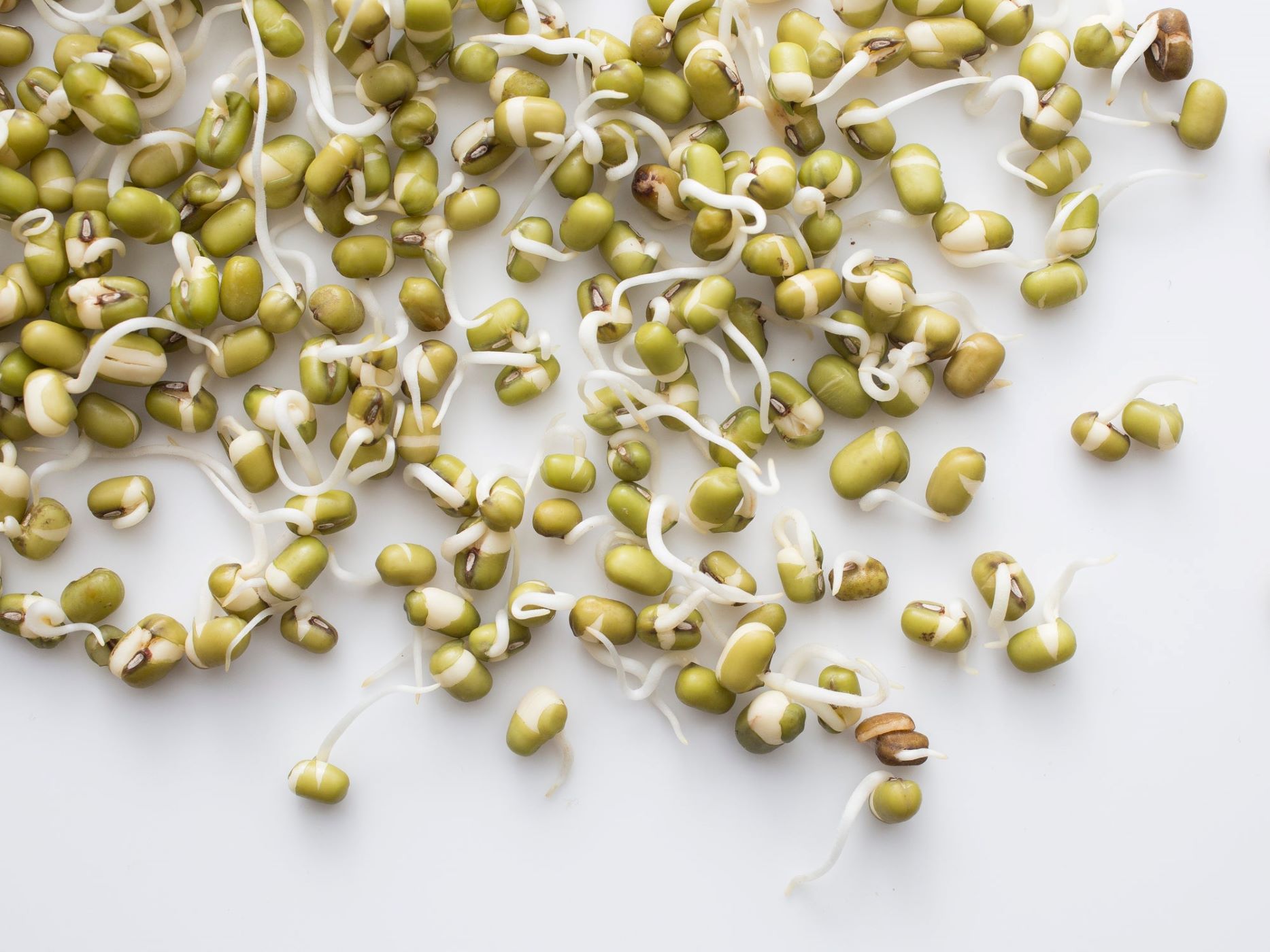

Garden Essentials
What Are Sprouting Seeds
Modified: March 16, 2024
Enhance your garden with sprouting seeds and unlock a world of fresh and nutritious produce. Discover the benefits and learn how to grow sprouting seeds for a thriving garden.
(Many of the links in this article redirect to a specific reviewed product. Your purchase of these products through affiliate links helps to generate commission for Storables.com, at no extra cost. Learn more)
Introduction
Welcome to the wonderful world of sprouting seeds! If you’re a gardening enthusiast or simply someone looking to add a healthy and nutritious twist to your meals, sprouting seeds are an excellent choice. Sprouting seeds offer a wealth of benefits, ranging from improving digestive health to enhancing the nutritional profile of your diet. In this article, we’ll explore the definition of sprouting seeds, the various types available, how to sprout seeds at home, and the potential risks and precautions to consider. Let’s dive in!
Sprouting seeds refer to germinated seeds that are typically used for culinary purposes. This process involves soaking the seeds in water and providing the right conditions for them to sprout and grow. Once the seeds have sprouted, they can be consumed as a fresh and nutritious addition to salads, sandwiches, stir-fries, and other dishes. Sprouting seeds can be purchased at health food stores or online, or you can even sprout your own seeds at home.
The benefits of sprouting seeds are numerous. First and foremost, sprouting seeds are incredibly rich in nutrients. During the sprouting process, the seeds undergo a biochemical transformation where their nutritional profile is enhanced. They become easier to digest and absorb, making it easier for our bodies to access their valuable vitamins, minerals, and antioxidants. Sprouting also increases the availability of essential amino acids and enzymes, which are crucial for our overall health and well-being.
Another advantage of sprouting seeds is their potential to improve digestive health. The sprouting process breaks down some of the complex carbohydrates and fibers found in seeds, making them easier on the digestive system. This can be especially beneficial for individuals who struggle with digestive issues or find it hard to digest raw or cooked seeds.
In addition to their nutritional benefits, sprouting seeds offer a diverse range of flavors and textures. Each type of seed has its own unique taste and texture when sprouted, adding depth and variety to your meals. From the mild crunch of sprouted alfalfa seeds to the slightly spicy flavor of radish sprouts, sprouting seeds can elevate the taste of any dish.
Key Takeaways:
- Sprouting seeds are nutrient-dense and easy to digest, offering benefits like improved gut health, increased enzyme activity, and support for weight management and immune function.
- When sprouting seeds at home, choose high-quality seeds, maintain cleanliness, and be mindful of potential bacterial contamination to ensure safe consumption.
Definition of Sprouting Seeds
Sprouting seeds are seeds that have been soaked in water and allowed to germinate and grow tiny sprouts. This process activates the seeds’ natural enzymes and causes them to undergo biochemical changes, leading to the development of sprouts. Sprouting seeds can come from a variety of plants, including vegetables, herbs, and legumes.
During the sprouting process, the seeds absorb water, which triggers the release of enzymes that break down complex molecules into simpler forms. This enzymatic activity enhances the seeds’ nutritional profile by increasing the availability of vitamins, minerals, and antioxidants. The sprouts that emerge from the seeds are packed with nutrients, making them a nutrient-dense addition to any diet.
Sprouting seeds can be purchased pre-packaged from health food stores or online, or you can sprout your own seeds at home. Many common seeds are suitable for sprouting, including but not limited to alfalfa, broccoli, radish, mung bean, lentil, and sunflower seeds. Each type of seed has its own distinct flavor, texture, and nutritional composition when sprouted. This variety allows for a wide range of culinary exploration and experimentation with sprouting seeds.
When sprouting seeds, it’s important to choose high-quality, organic seeds to ensure the best results. Organic seeds are free from chemical treatments and are more likely to sprout successfully. Additionally, it’s crucial to practice proper hygiene during the sprouting process to prevent the growth of harmful bacteria. This includes thoroughly rinsing the seeds, using clean water, and maintaining a clean sprouting environment.
Sprouting seeds can be enjoyed in a variety of ways. They can be added to salads, sandwiches, wraps, and smoothies for an added crunch and nutritional boost. Sprouts can also be used as a topping for soups and stir-fries, or even enjoyed on their own as a snack. The versatility of sprouting seeds makes it easy to incorporate them into your daily meals and reap the many health benefits they offer.
In the next sections, we’ll delve deeper into the specific benefits, types, and techniques for sprouting seeds, as well as the precautions to keep in mind. So, let’s explore the world of sprouting seeds and discover the wonders they have to offer!
Benefits of Sprouting Seeds
Sprouting seeds offer a wide range of benefits for our health and well-being. Their unique germination process enhances the nutritional value of the seeds and makes them more easily digestible. Let’s explore some of the key benefits of incorporating sprouting seeds into our diets:
1. Nutrient Dense: Sprouting seeds significantly increase their nutrient content. The germination process activates enzymes, which in turn boosts the availability of vitamins, minerals, and antioxidants. Sprouts are particularly rich in vitamins C and K, folate, potassium, and iron.
2. Easy Digestion: The sprouting process breaks down some of the hard-to-digest components of seeds, such as phytic acid and enzyme inhibitors. This makes sprouts easier on the digestive system and improves nutrient absorption.
3. Improved Gut Health: Sprouts are abundant in dietary fiber, which promotes healthy digestion and regulates bowel movements. The fiber content also helps nourish beneficial gut bacteria, supporting a healthy microbiome.
4. Increased Enzyme Activity: Sprouting seeds activate enzymes responsible for breaking down complex molecules into simpler forms. These enzymes make the nutrients more bioavailable and facilitate digestion.
5. Aids in Detoxification: Sprouts contain high levels of antioxidants, which help neutralize harmful free radicals in the body. Antioxidants support the body’s natural detoxification processes and may help reduce the risk of chronic diseases.
6. Weight Management: Sprouts are low in calories and high in fiber, making them a satisfying addition to meals. The fiber content helps regulate appetite and promotes feelings of fullness, potentially aiding in weight management.
7. Boosts Immune Function: The vitamins and minerals in sprouts, along with their antioxidant properties, help strengthen the immune system. Regular consumption of sprouting seeds can support overall immune function, helping to combat infections and illnesses.
8. Supports Heart Health: Sprouts are a good source of heart-healthy nutrients, including potassium, folate, and dietary fiber. These nutrients contribute to maintaining healthy blood pressure levels and reducing the risk of cardiovascular diseases.
9. Enhances Flavor and Texture: Sprouts add a fresh, vibrant flavor and delightful crunch to a variety of dishes. They can be a versatile and tasty addition to salads, sandwiches, wraps, and more.
10. Cost-effective and Convenient: Sprouting seeds at home is an economical and accessible way to incorporate fresh sprouts into your diet. It requires minimal equipment and can be done year-round.
By including sprouting seeds in your diet, you can enjoy these impressive health benefits while adding a burst of freshness and flavor to your meals. Now that we’ve explored the benefits of sprouting seeds, let’s move on to the different types of sprouting seeds available.
Types of Sprouting Seeds
Sprouting seeds come in a variety of types, each with its own unique flavor, texture, and nutritional profile. Here are some popular types of sprouting seeds:
1. Alfalfa Seeds: Alfalfa sprouts have a mild, slightly nutty flavor and a crisp texture. They are rich in vitamins A, C, and K, as well as calcium and iron. Alfalfa sprouts are commonly used in sandwiches, salads, and wraps.
2. Broccoli Seeds: Broccoli sprouts have a distinctive, peppery taste and a crunchy texture. They are packed with antioxidants, vitamins C and K, and sulphoraphane, a compound known for its potential health benefits. Broccoli sprouts are great for adding a nutritious kick to salads and stir-fries.
3. Mung Bean Seeds: Mung bean sprouts are commonly used in Asian cuisine and have a crisp texture and a mild, slightly sweet flavor. They are an excellent source of protein, fiber, vitamins, and minerals. Mung bean sprouts are often added to stir-fries, soups, and salads.
4. Lentil Seeds: Lentil sprouts have a tender texture and a mild, earthy flavor. They are a great source of plant-based protein, fiber, folate, and iron. Lentil sprouts can be enjoyed in salads, wraps, and as a side dish.
5. Radish Seeds: Radish sprouts have a spicy and peppery flavor, adding a delightful kick to dishes. They are rich in vitamin C, potassium, and antioxidants. Radish sprouts are commonly used in sandwiches, salads, and as a garnish for soups.
6. Chia Seeds: Chia sprouts have a gel-like texture and a mild, nutty flavor. Chia seeds are known for their high omega-3 fatty acid content, as well as fiber, protein, and antioxidants. Chia sprouts are a nutritious addition to smoothies, cereals, and baked goods.
7. Sunflower Seeds: Sunflower sprouts have a pleasant, nutty flavor and a crunchy texture. They are rich in vitamin E, folate, magnesium, and selenium. Sunflower sprouts are versatile and can be used in salads, sandwiches, and as a topping for various dishes.
8. Wheatgrass Seeds: Wheatgrass sprouts are young wheat plants that are juiced or consumed as a whole. They have a slightly bitter taste and are packed with vitamins, minerals, enzymes, and chlorophyll. Wheatgrass sprouts are often used in shots or added to smoothies for a concentrated nutritional boost.
These are just a few examples of the wide variety of sprouting seeds available. Feel free to explore and experiment with different types to discover your favorite flavors and combinations. Remember to use high-quality, organic seeds for optimal results. Now that we know about the different types of sprouting seeds, let’s move on to how to sprout seeds at home.
How to Sprout Seeds at Home
Sprouting seeds at home is a simple and rewarding process. Follow these steps to enjoy fresh and nutritious sprouts right from your kitchen:
1. Choose Your Seeds: Select high-quality, organic seeds that are suitable for sprouting. Popular options include alfalfa, broccoli, mung bean, lentil, and radish seeds. Make sure the seeds are clean and free from any debris or contaminants.
2. Measure the Seeds: Determine the amount of seeds you want to sprout based on your needs. However, it’s generally recommended to start with 1-2 tablespoons of seeds for smaller sprout batches.
3. Wash the Seeds: Rinse the seeds thoroughly with clean water to remove any dust or impurities. Use a colander or a fine sieve to ensure proper cleaning.
4. Soak the Seeds: Place the washed seeds in a glass jar or a sprouting tray. Add enough water to cover the seeds and let them soak for the recommended time. Soaking time can vary from a few hours to overnight, depending on the type of seeds. Refer to the package instructions for specific guidance.
5. Drain the Water: After the soaking period is complete, drain the water from the seeds using the same colander or sieve. Ensure that excess water is completely removed to prevent mold or rotting.
6. Rinse and Drain: Rinse the seeds with water two to three times a day. Gently swirl the seeds in the water to ensure even rinsing. Drain out the water completely after each rinse to avoid excess moisture.
7. Provide Moisture: To maintain the ideal moisture level, cover the sprouting container with a clean, breathable cloth or a mesh lid. This allows airflow while preventing dust or insects from entering.
8. Repeat Rinsing and Draining: Continue rinsing and draining the seeds every day until sprouts start to grow. This usually takes around 3-7 days, depending on the type of seeds and desired sprout length. Be sure to rinse and drain them at least twice a day to keep them hydrated and prevent spoilage.
9. Harvest the Sprouts: Once the sprouts reach the desired length, typically 1-3 inches, they are ready to be harvested. Gently remove the sprouts from the container and give them a final rinse to remove any seed hulls or residual water.
10. Store and Enjoy: Store the sprouts in a clean container or a sealed plastic bag in the refrigerator. Use them within a few days to ensure freshness and optimal flavor. Add the sprouts to salads, sandwiches, wraps, stir-fries, and more to enjoy their nutritional benefits and delicious taste.
Remember to always follow proper hygiene practices during the sprouting process to avoid any contamination. It’s essential to maintain a clean sprouting environment, including clean utensils, jars, and surfaces. With a little patience and care, you can master the art of sprouting seeds and enjoy the freshness of homegrown sprouts.
When sprouting seeds, make sure to rinse them thoroughly with clean water at least twice a day to prevent the growth of bacteria and mold. This will help ensure that your sprouts are safe to eat.
Read more: What Does Sprouted Pumpkin Seeds Mean
Tips for Successful Seed Sprouting
To ensure successful seed sprouting and to maximize the nutritional benefits, here are some helpful tips to keep in mind:
1. Choose Fresh Seeds: Opt for fresh, high-quality seeds for better sprouting results. Older or damaged seeds may have a lower germination rate and may not sprout as effectively.
2. Prevent Contamination: Maintain a clean environment throughout the sprouting process. Wash your hands before handling the seeds and use clean utensils, jars, and sprouting trays. Rinse the seeds thoroughly before soaking to remove any debris or contaminants.
3. Proper Soaking Time: Follow the recommended soaking time for each type of seed. Soaking too little or too much can affect sprouting outcomes. Refer to the specific instructions for the seeds you are sprouting.
4. Adequate Drainage: Ensure proper drainage during the sprouting process. Excess water can lead to mold or bacteria growth. Use a sieve or colander with small holes for efficient draining.
5. Consistent Rinsing: Rinse the sprouts thoroughly two to three times a day during the sprouting period. This helps remove any residual seed hulls and encourages healthy growth.
6. Controlled Moisture Levels: Maintain optimal moisture levels by rinsing and draining the sprouts well after each rinse. Avoid over-soaking or waterlogging, as it can hinder sprouting and lead to spoilage.
7. Proper Air Circulation: Allow proper air circulation to prevent the sprouts from becoming too damp. Cover the sprouting container with a breathable cloth or a mesh lid to maintain airflow while protecting the sprouts from dust or insects.
8. Temperature and Light: Find a suitable location for sprouting that provides an appropriate temperature and amount of light. Most seeds prefer temperatures between 60°F and 75°F (15°C and 24°C). Avoid direct sunlight, as it can cause excessive heat and drying.
9. Rotate the Sprouting Container: Rotate or tilt the sprouting container during the rinsing process to ensure even growth and prevent entanglement of sprouts.
10. Harvest at the Right Time: Harvest the sprouts when they have reached the desired length. Waiting too long can cause them to become yellow or bitter in taste. Rinse the sprouts one final time before consuming to remove any residual seed hulls.
11. Storage and Shelf Life: Store the sprouts in a clean, sealed container in the refrigerator. Use them within a few days for the best taste and texture. Discard any sprouts that show signs of spoilage or an unpleasant odor.
Following these tips will help you achieve successful sprouting results and ensure that your sprouts are fresh, flavorful, and packed with nutrients. Experiment with different seed varieties and enjoy the fulfillment of growing your own sprouts at home!
Nutritional Value of Sprouting Seeds
Sprouting seeds are not only delicious but also highly nutritious. The sprouting process enhances the bioavailability of nutrients, making them more accessible and easier to digest. Let’s explore the impressive nutritional profile of sprouting seeds:
1. Vitamins: Sprouts are a rich source of various vitamins, including vitamin C, vitamin K, vitamin E, and B vitamins such as B6 and folic acid. Vitamin C boosts immunity, aids in collagen production, and acts as an antioxidant. Vitamin K is essential for blood clotting and bone health, while vitamin E is a powerful antioxidant that supports cell health.
2. Minerals: Sprouted seeds contain important minerals such as potassium, calcium, magnesium, iron, and zinc. These minerals play crucial roles in maintaining healthy bones, teeth, muscles, and nerve function. Iron is crucial for oxygen transport, while potassium helps regulate blood pressure and fluid balance.
3. Protein and Amino Acids: Sprouting seeds provide a good source of plant-based protein and essential amino acids. Protein is important for muscle growth, repair, and overall body function. Sprouting increases the availability of amino acids, which are the building blocks of protein.
4. Fiber: Sprouts are a great source of dietary fiber. Fiber aids in digestion, promotes feelings of fullness, and helps regulate blood sugar levels. It also supports a healthy gut microbiome by providing nourishment for beneficial gut bacteria.
5. Antioxidants: Sprouts are packed with antioxidants that help combat harmful free radicals and reduce oxidative stress in the body. Antioxidants play a key role in protecting cells against damage and are associated with a lower risk of chronic diseases.
6. Enzymes: During the sprouting process, enzymes are activated, which assist in breaking down complex nutrients into simpler forms that are easier for the body to absorb. Enzymes aid in digestion and promote overall nutrient utilization.
7. Phytonutrients: Sprouting seeds unleash the potential of phytonutrients, which are compounds with health-promoting properties. These include flavonoids, carotenoids, and phenolic compounds that have anti-inflammatory, antioxidant, and immune-boosting properties.
It’s important to note that the nutritional composition of sprouting seeds can vary depending on the specific type of seed. Each seed has its own unique combination of vitamins, minerals, and other compounds. Incorporating a variety of sprouting seeds into your diet ensures a diverse range of nutrients.
Adding sprouts to your meals can exponentially increase the nutritional value of your diet. Sprouts can be used in salads, sandwiches, wraps, stir-fries, and smoothies, or enjoyed as a healthy snack. Including sprouting seeds in your culinary repertoire is a fantastic way to enhance your overall nutrition and experience the numerous health benefits they offer.
Common Uses of Sprouting Seeds
Sprouting seeds are versatile and can be used in various culinary creations. Their fresh and crisp texture, along with their unique flavors, make them a delightful addition to many dishes. Here are some common ways to use sprouting seeds:
1. Salads: Sprouts add a vibrant and crunchy element to salads. Toss them with mixed greens, vegetables, and your favorite dressing for a nutritious and refreshing salad.
2. Sandwiches and Wraps: Layer sprouts onto sandwiches and wraps for an added crunch and burst of flavor. They provide a nutritious alternative to typical lettuce or greens.
3. Stir-fries: Add sprouts to stir-fried vegetables or noodles for a nutritious and textural enhancement. They can be added towards the end of cooking to maintain their crunchiness.
4. Smoothies: Blend sprouts into your favorite smoothie recipes to boost their nutritional value. They pair well with fruits, vegetables, and other smoothie ingredients.
5. Soups and Stews: Sprouts can be used as a topping for soups and stews to add a fresh and nutritious element. They can be added just before serving for a delightful garnish.
6. Side Dishes: Serve sprouts as a simple and nutritious side dish. Sauté them lightly with some garlic or toss them with a drizzle of olive oil and spices for a quick and nutritious side.
7. Asian Cuisine: Many Asian dishes incorporate sprouts, such as bean sprouts in lo mein or mung bean sprouts in pad thai. They add a signature crunch in dishes like spring rolls and bibimbap.
8. Toppings and Garnishes: Sprinkle sprouts on top of dishes like pizzas, baked potatoes, or omelets for added texture and flavor. They can also be used as a garnish on avocado toast or deviled eggs.
9. Sushi Rolls: Sprouts can be included in sushi rolls to add a refreshing and crunchy component. They pair well with ingredients like cucumber, avocado, and fish.
10. Snacks: Enjoy sprouts as a healthy snack on their own. They provide a satisfying crunch and are a nutritious alternative to processed snacks.
Remember to experiment with different sprout varieties to discover your preferred flavor combinations and culinary uses. The versatility of sprouting seeds makes them a delightful addition to numerous dishes, providing both nutritional benefits and a fresh, crunchy texture. Let your creativity guide you and enjoy the culinary possibilities that sprouting seeds offer!
Potential Risks and Precautions
While sprouting seeds offer a plethora of health benefits, it’s essential to be aware of potential risks and take necessary precautions to ensure safe consumption. Here are some considerations to keep in mind:
1. Bacterial Contamination: Sprouts, especially when grown in a warm and humid environment, can be susceptible to bacterial contamination, including pathogens like Salmonella and E. coli. These bacteria can cause foodborne illnesses. To minimize the risk, always use clean equipment and wash your hands thoroughly before handling seeds or sprouts.
2. Seed Quality: Choose high-quality seeds from reputable sources. Poor-quality or old seeds may have a reduced germination rate and can increase the risk of contamination.
3. Hygiene: Practice good hygiene throughout the sprouting process. Thoroughly wash seeds before soaking, and ensure that all equipment, utensils, and sprouting containers are clean. Regularly clean and sanitize the sprouting environment to prevent the growth of harmful bacteria.
4. Avoid Cross-Contamination: Keep sprouting equipment separate from other kitchen tools to avoid cross-contamination. Rinse sprouts thoroughly and wash any utensils or containers used for sprouting before using them for other purposes.
5. Storage and Shelf Life: Sprouts have a limited shelf life and should be consumed within a few days of sprouting. Properly store sprouts in a clean, airtight container in the refrigerator to maintain freshness. Discard any sprouts that show signs of spoilage, such as an unpleasant odor or slimy texture.
6. Allergic Reactions: Some individuals may be allergic to specific sprouting seeds. If you have known allergies, it’s important to be cautious and avoid consuming sprouts made from seeds that trigger allergic reactions.
7. Special Considerations: Pregnant women, young children, the elderly, and individuals with compromised immune systems should exercise caution when consuming sprouts due to the potential risk of bacterial contamination. It may be advisable for such individuals to opt for cooked sprouts rather than raw sprouts to reduce the risk.
8. Seed-Specific Precautions: Certain seeds require specific precautions. For example, alfalfa sprouts have the potential to contain harmful bacteria and may be best suited for consumption by individuals with a healthy immune system. Research individual seed types for any specific precautions they may require.
By following proper hygiene practices, using high-quality seeds, and being mindful of potential risks, you can minimize the likelihood of encountering problems with sprouting seeds. If you have any concerns or doubts, consult a healthcare professional or nutritionist who can provide personalized guidance based on your specific health needs.
Read more: How To Sprout Onion Seeds
Conclusion
Sprouting seeds offer a delightful and nutritious way to enhance your meals and promote a healthy lifestyle. The process of sprouting seeds unlocks their potential, transforming them into nutrient-dense powerhouses that are easier to digest and packed with vitamins, minerals, and antioxidants. Incorporating sprouting seeds into your diet has numerous benefits, including improved digestion, enhanced nutrient absorption, immune system support, and weight management. Furthermore, sprouting seeds add a fresh crunch and vibrant flavor to salads, sandwiches, stir-fries, and other dishes.
When sprouting seeds at home, it’s important to follow proper techniques and precautions to ensure safe consumption. Choose high-quality seeds, maintain cleanliness throughout the process, and be mindful of potential bacterial contamination. By practicing good hygiene and taking necessary precautions, you can enjoy sprouts that are both delicious and safe to consume.
Remember to diversify your sprouting seed selection to enjoy a variety of flavors and nutritional benefits. From the mild and nutty taste of alfalfa sprouts to the peppery kick of radish sprouts, there is a wide range of options to explore. Experiment with different culinary uses, such as adding sprouts to salads, sandwiches, stir-fries, and smoothies.
Sprouting seeds not only offer a burst of flavor and texture but also contribute to your overall well-being. By incorporating them into your diet, you can elevate your meals with their nutritional value and enjoy the satisfaction of growing your own sprouts at home. So, why not embark on a journey to discover the wonders of sprouting seeds and experience the countless benefits they have to offer? Start sprouting today and savor the freshness, vitality, and goodness that sprouting seeds bring to your table.
Frequently Asked Questions about What Are Sprouting Seeds
Was this page helpful?
At Storables.com, we guarantee accurate and reliable information. Our content, validated by Expert Board Contributors, is crafted following stringent Editorial Policies. We're committed to providing you with well-researched, expert-backed insights for all your informational needs.
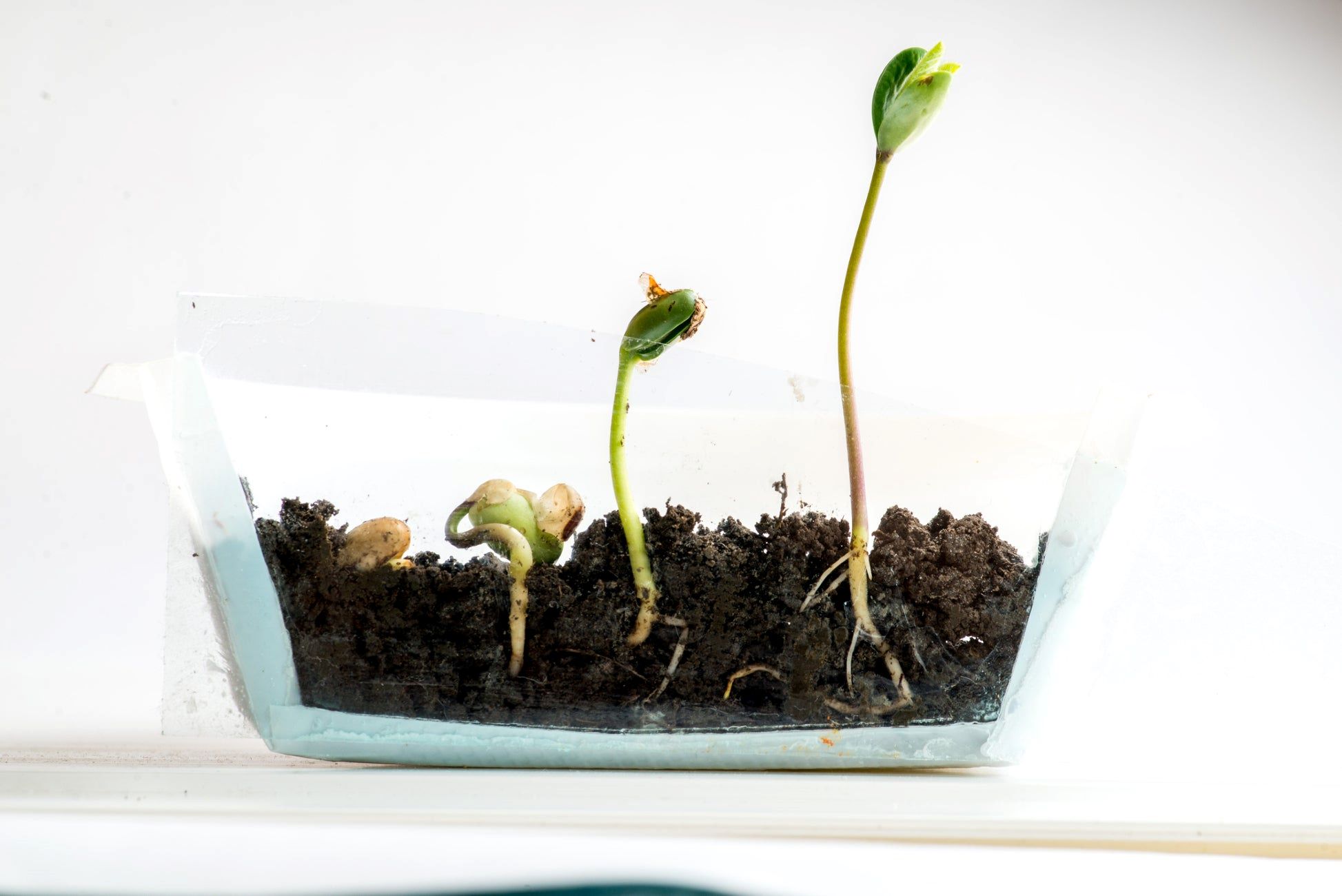
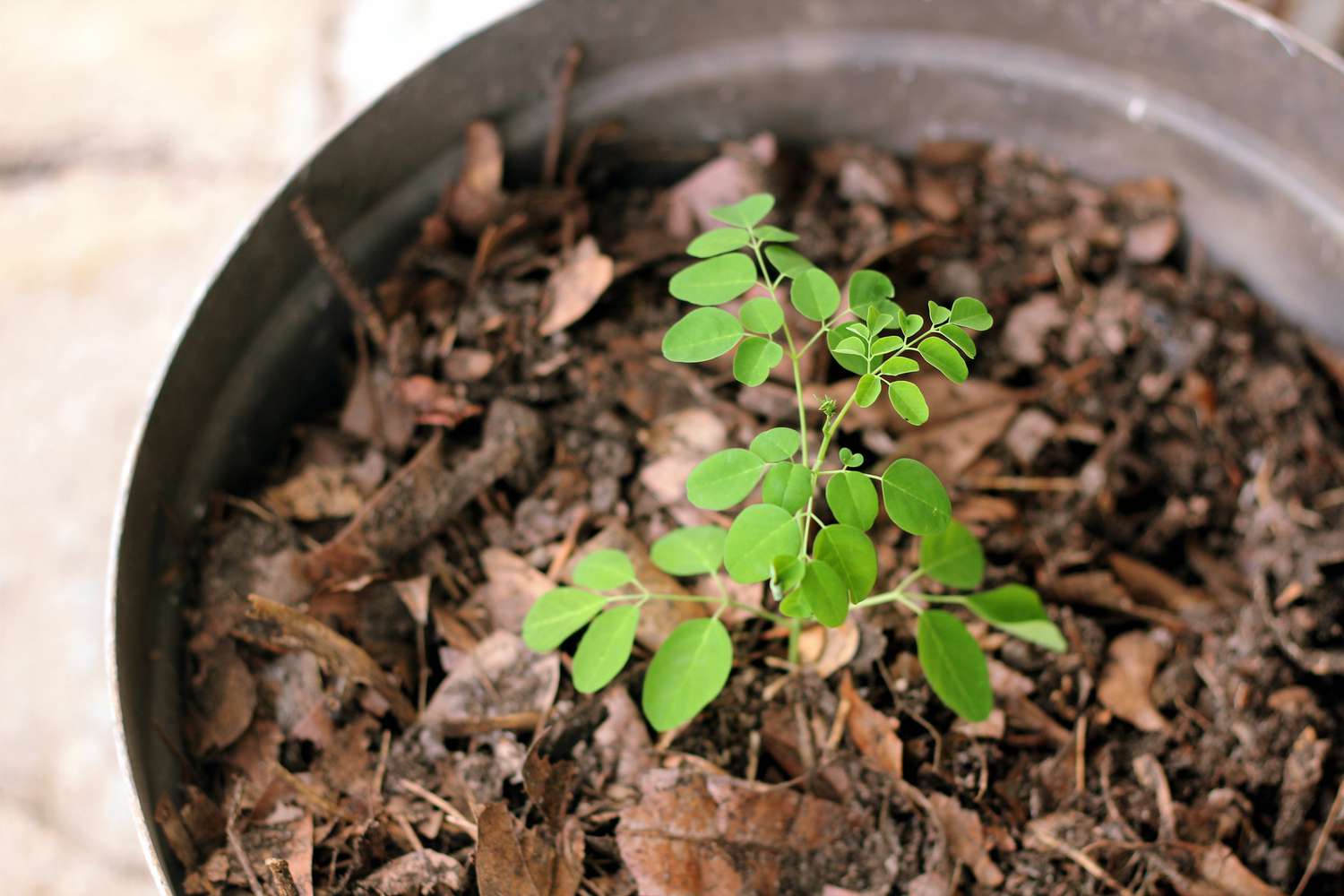
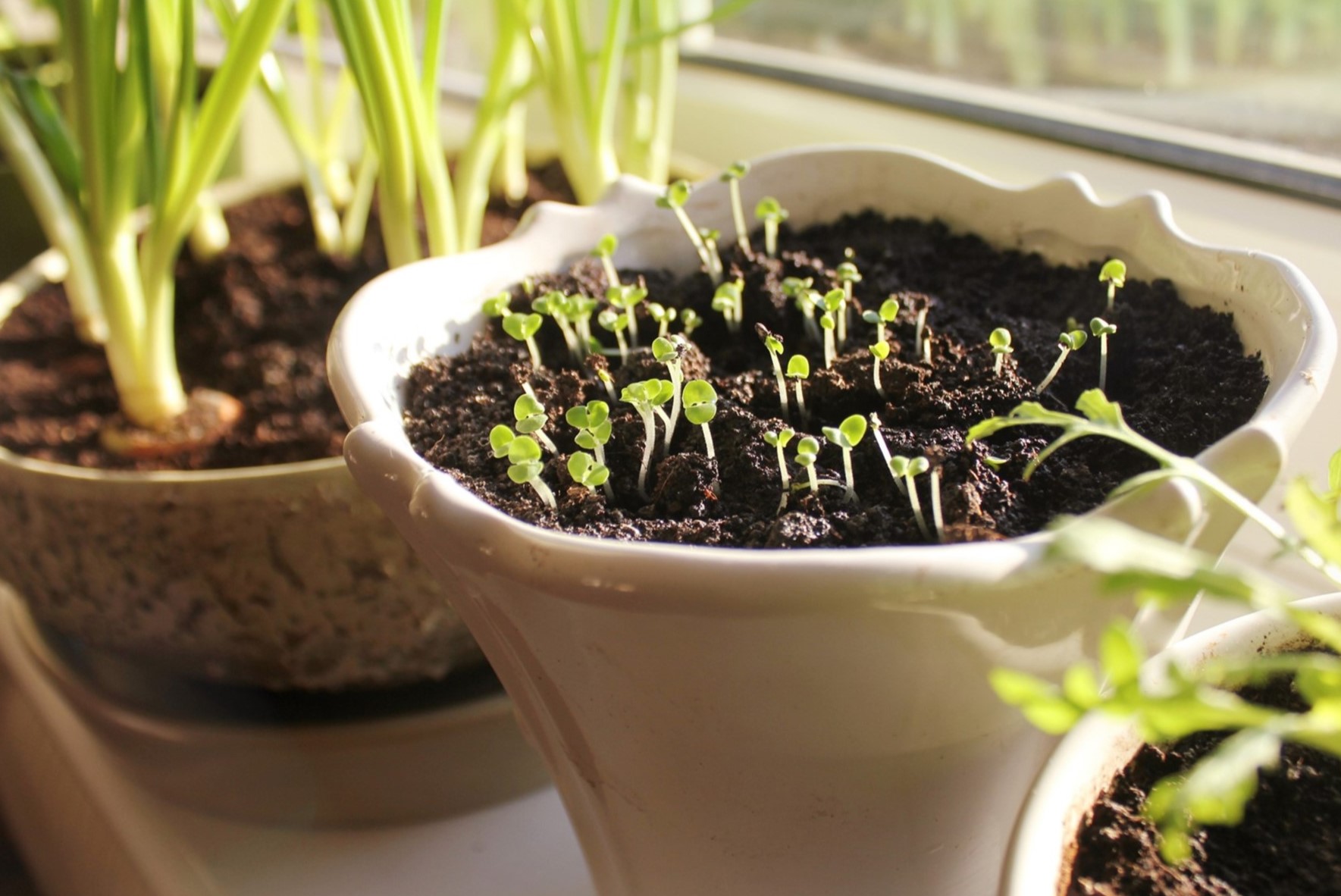
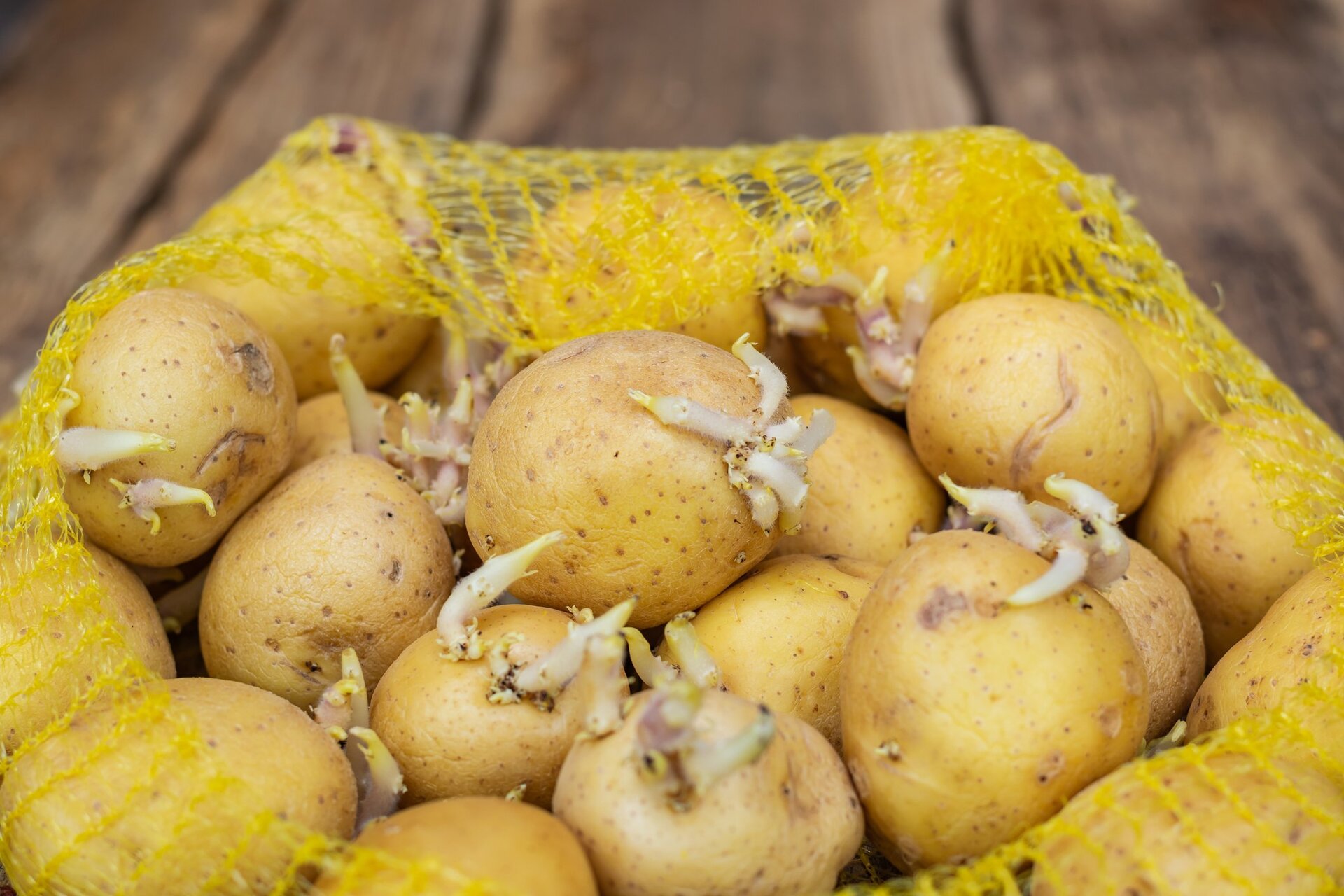
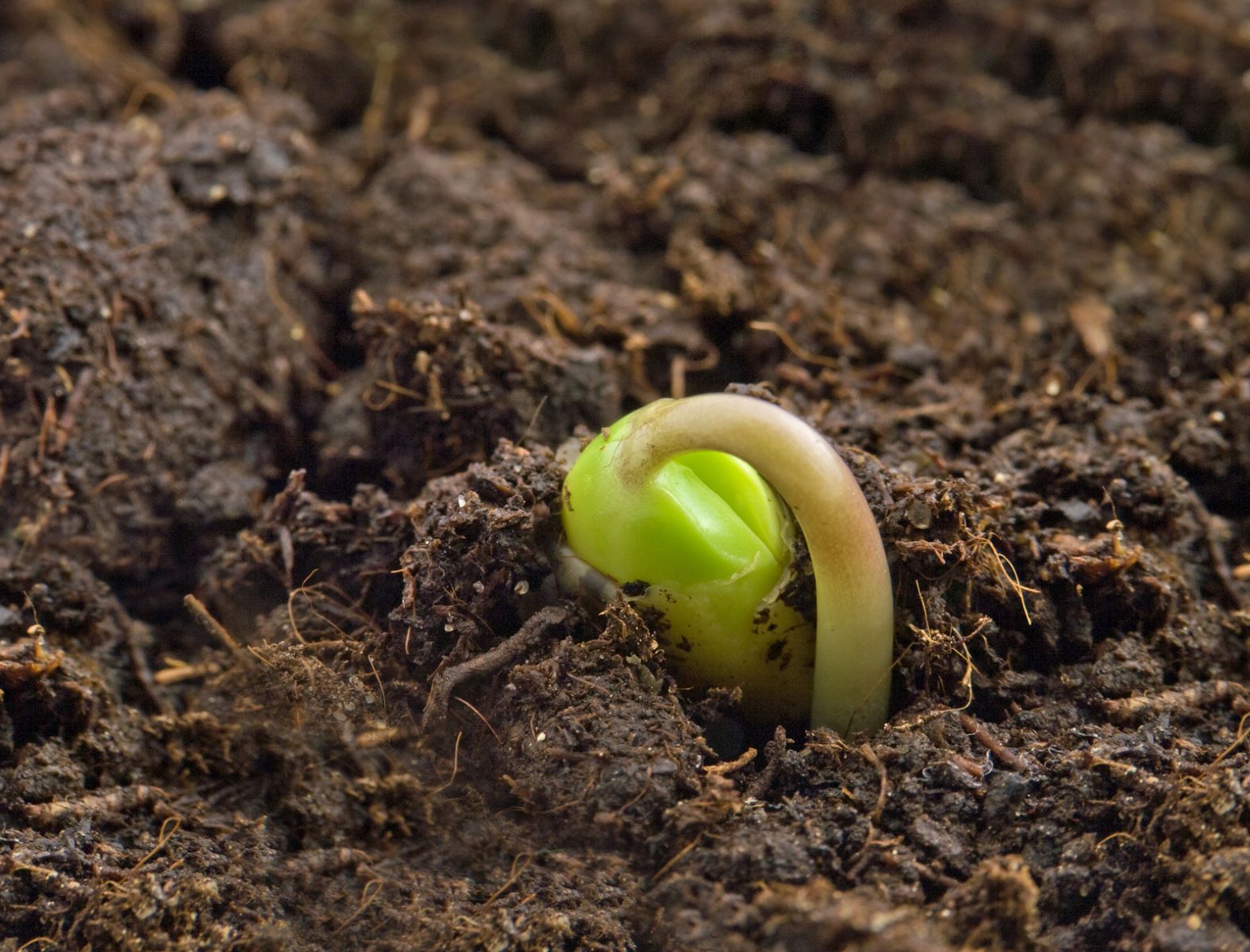
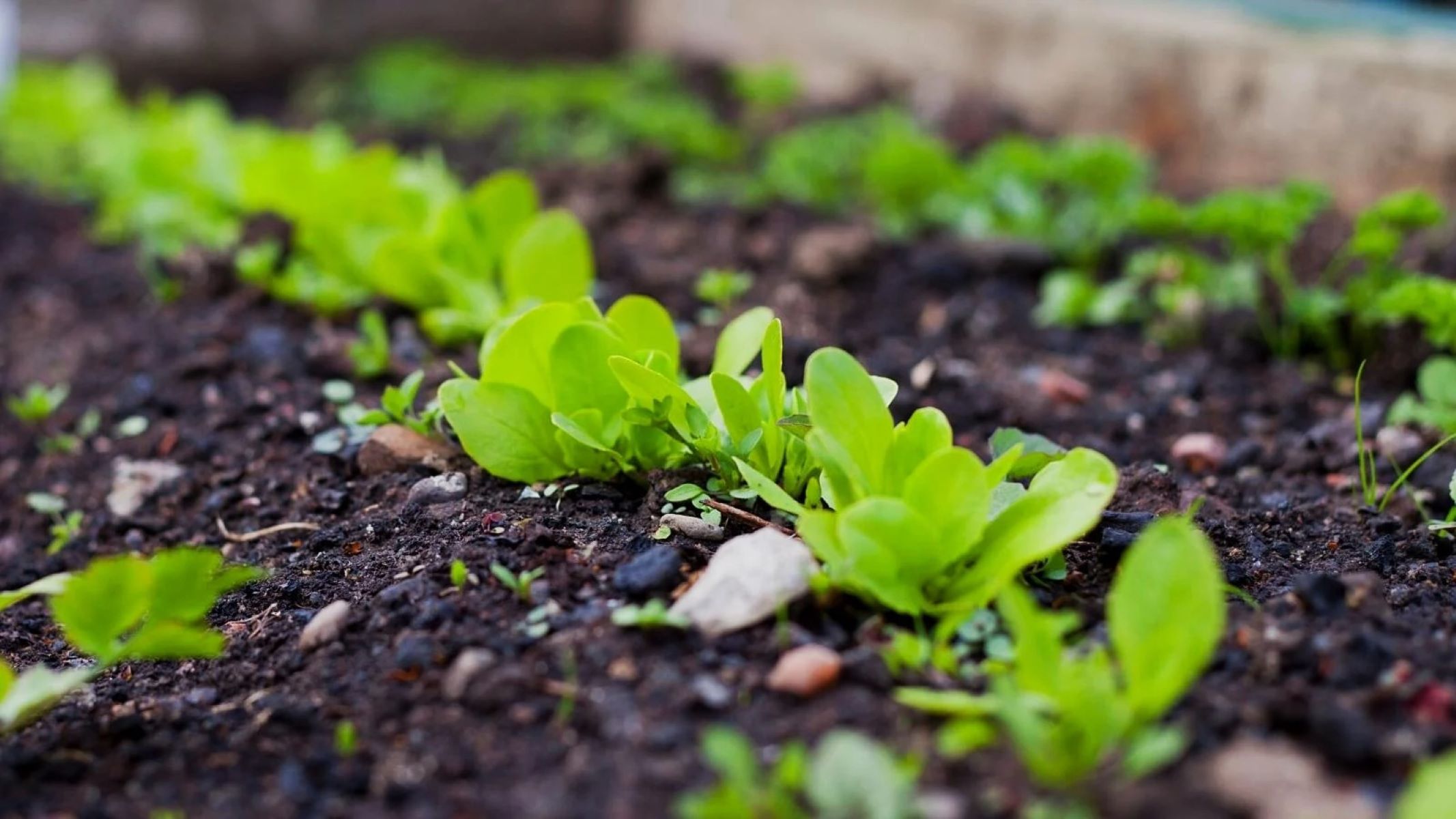
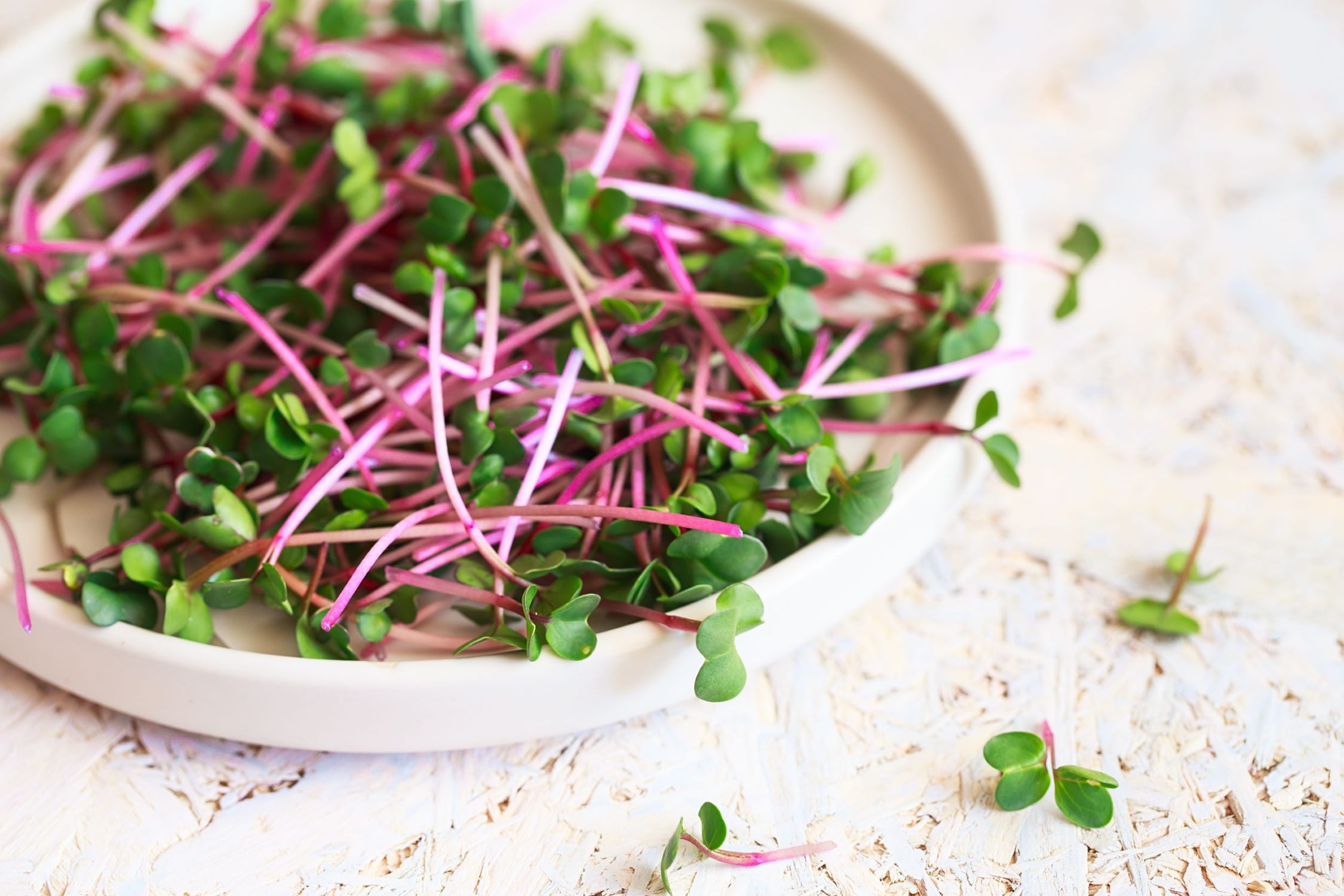
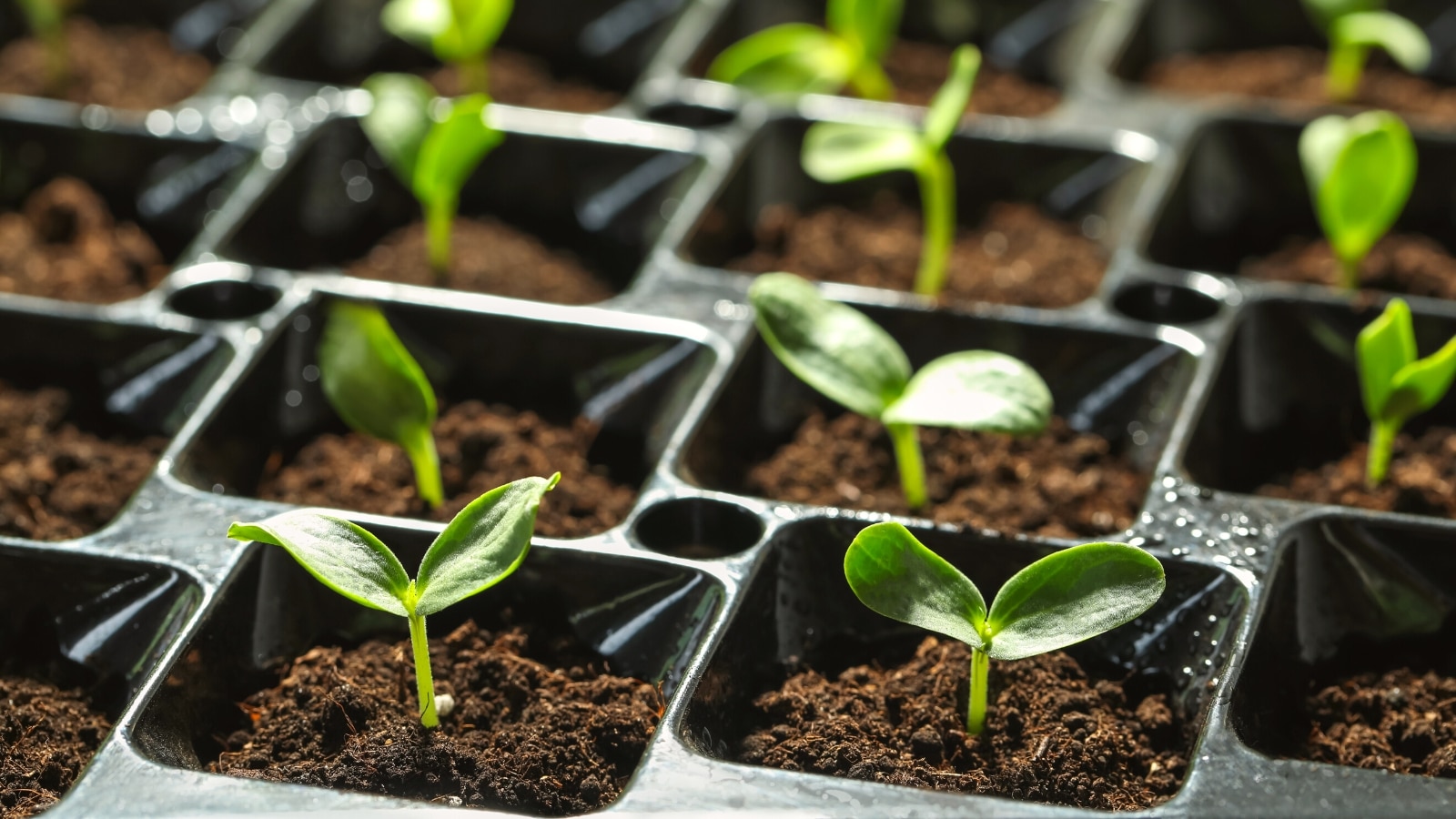
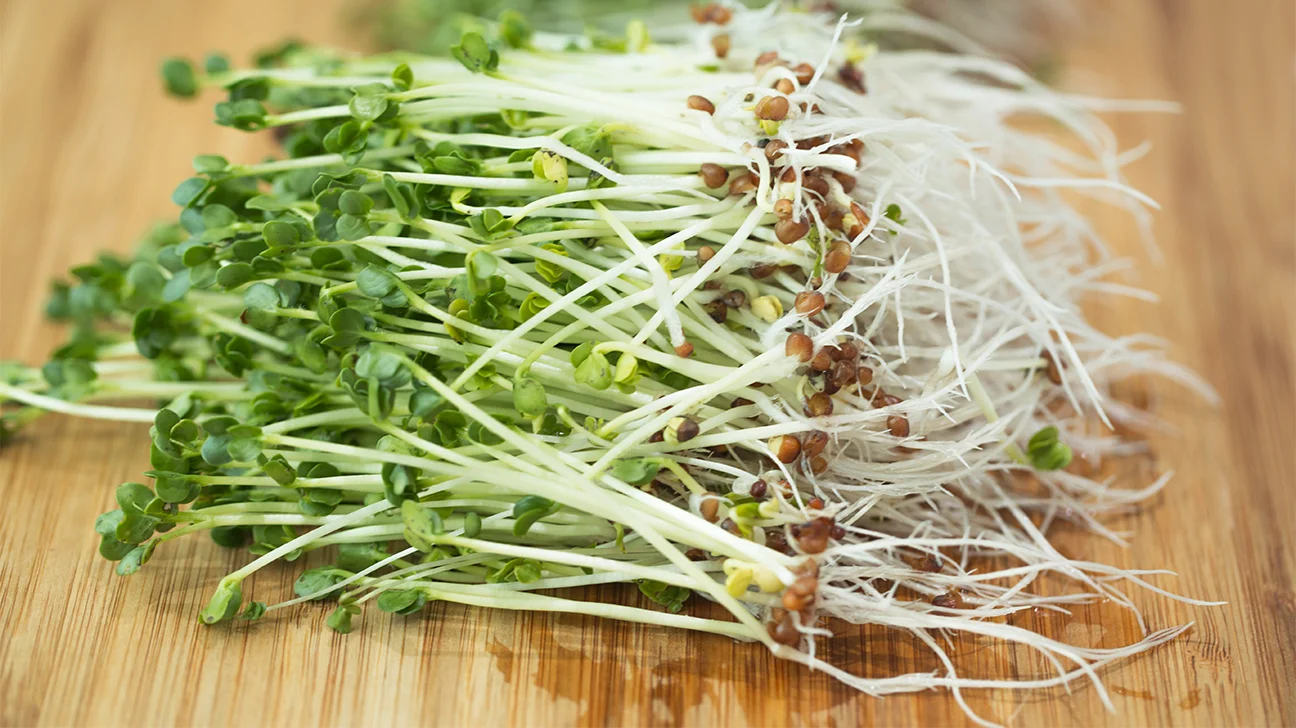
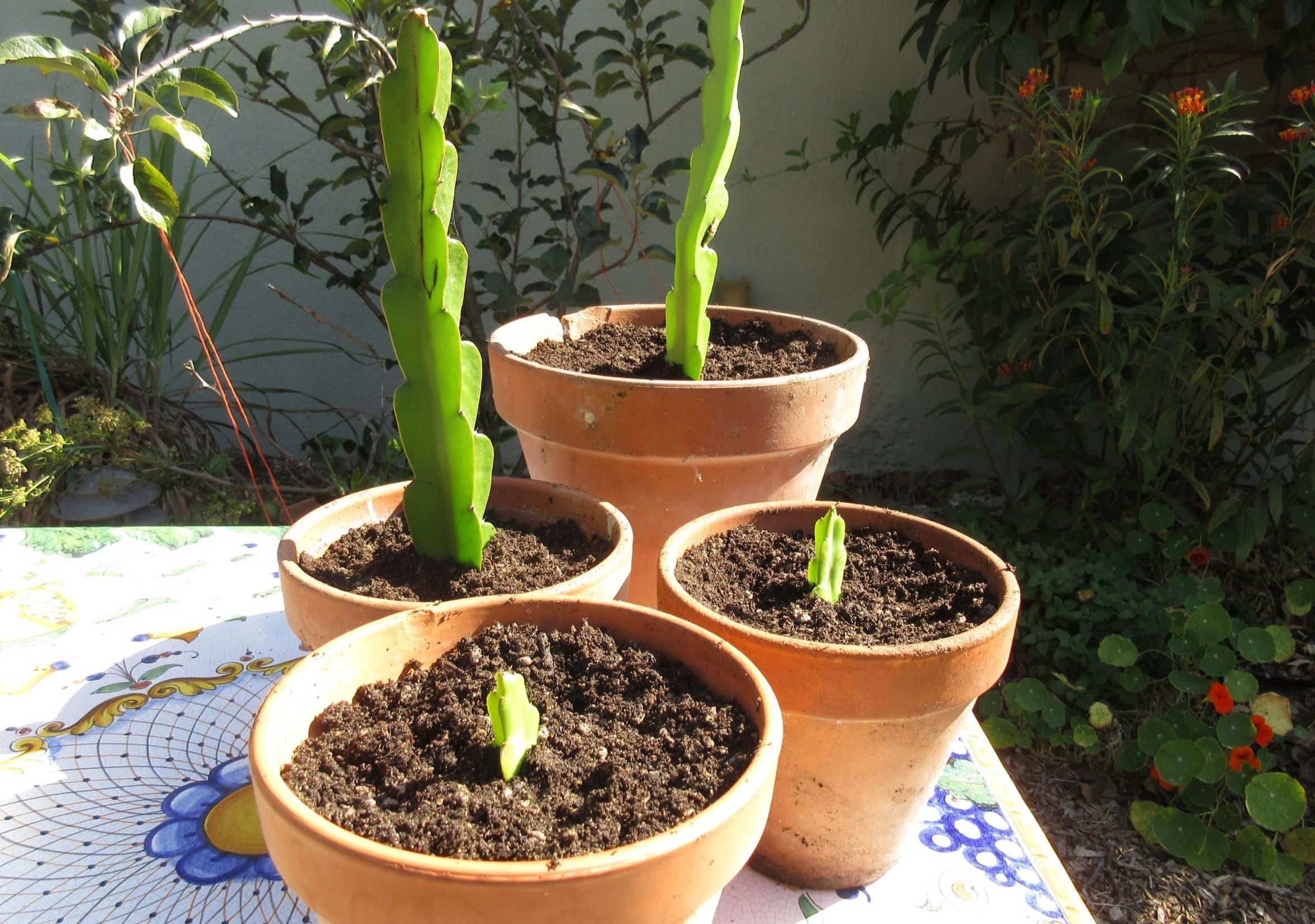
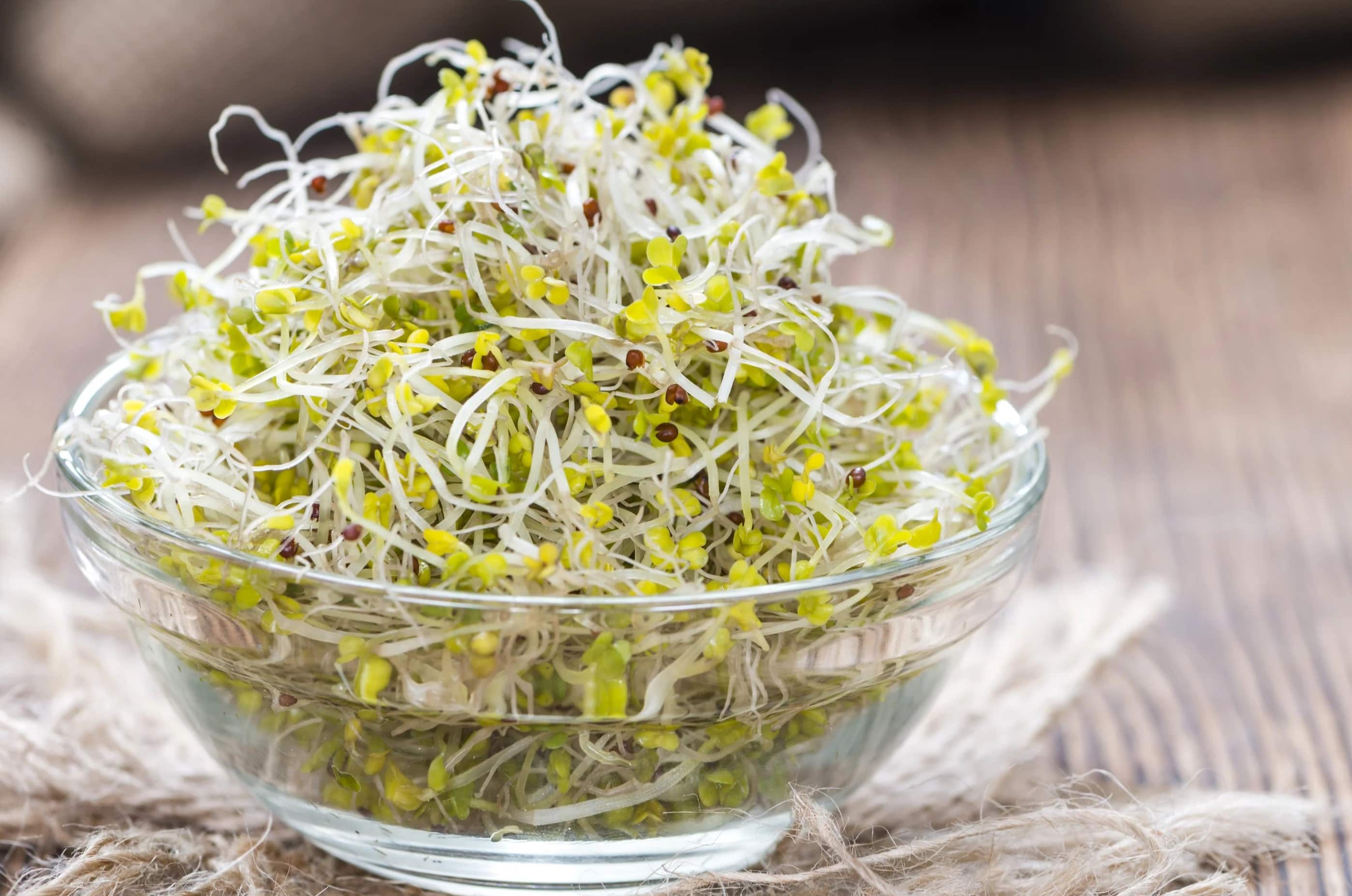
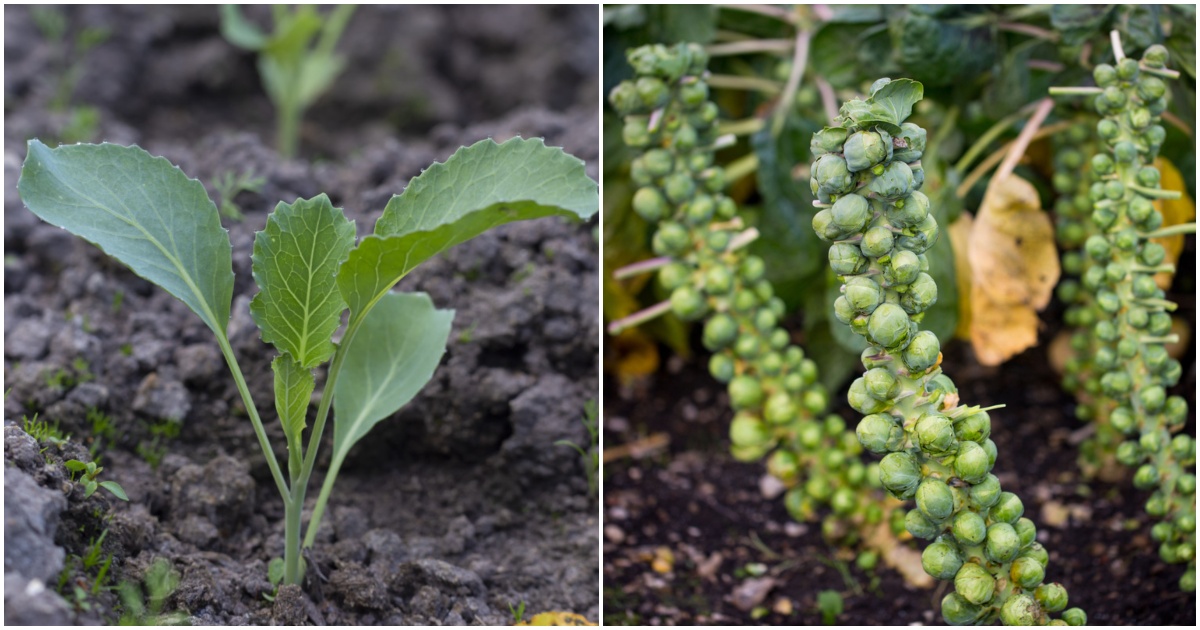
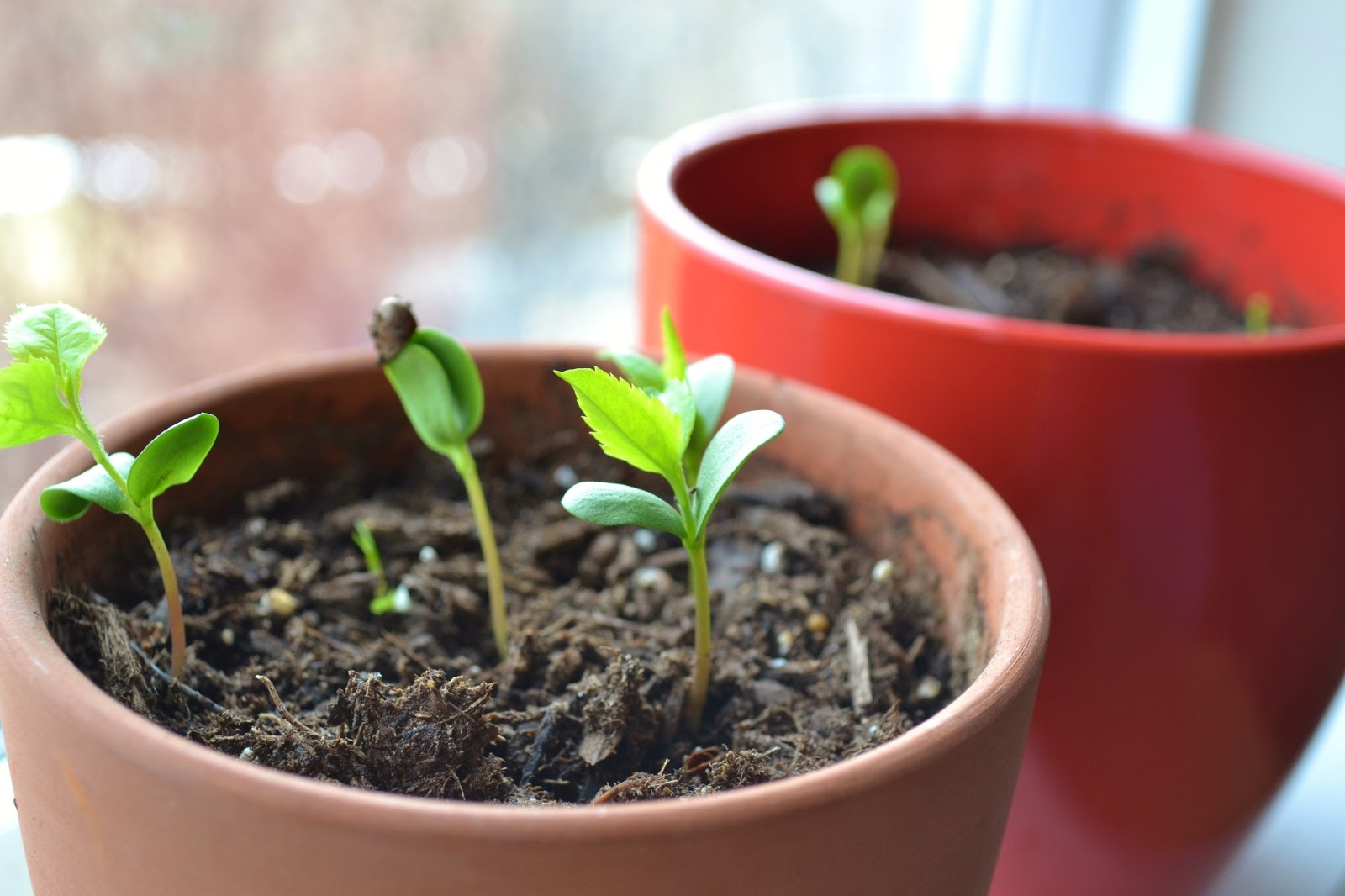

0 thoughts on “What Are Sprouting Seeds”